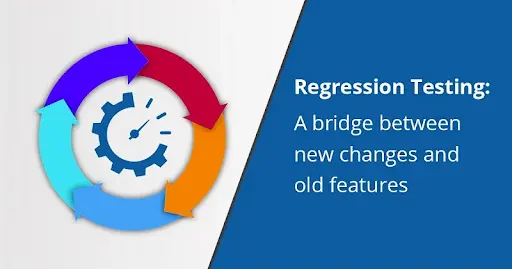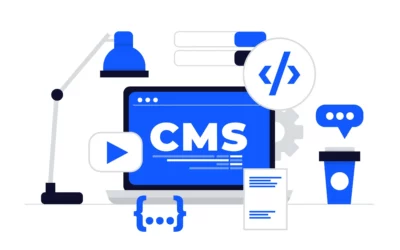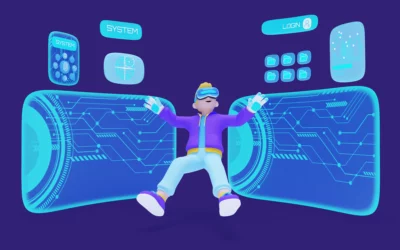Introduction:
User Interface (UI) is the first point of contact between users and your application or website. It serves as the gateway through which users interact with your product or service, thereby determining its overall usability and user experience.
UI regression testing is a critical process in the software development cycle, designed to ensure that new changes, whether they’re updates, enhancements, or bug fixes, don’t inadvertently disrupt or “regress” the existing functionality of the user interface.
Understanding UI Regression Testing:
Regression testing in general is a type of software testing aimed at confirming that a recent program or code alteration has not adversely impacted existing features. UI regression testing, more specifically, focuses on the user interface aspects of your software to ensure that all the elements function as intended after updates or changes.
The purpose of UI regression testing is twofold. Firstly, it validates that the newly introduced changes are integrated seamlessly without negatively affecting the existing features. Secondly, it verifies that these changes do not disrupt the user interface, keeping the user experience intact.
The Importance of UI Regression Testing:
User experience is vital to your brand reputation. A glitch-free, intuitive interface enhances user engagement, satisfaction, and ultimately, loyalty. Here’s how UI regression testing benefits your brand:
- Maintain Quality
- Protect User Experience
- Ensure Functionality
- Preserve Brand Reputation
Implementing UI Regression Testing:
- Identify Test Cases That Qualify For Regression Tests
- Prioritize Test Cases For Regression Tests
- Choose the Right UI Regression Testing Tools
- Automate Your Regression Tests
- Run Regression Tests
- Analyze Results and Report Regression Test Results
Harnessing the Power of Automation:
While manual regression testing is feasible, it falls short in efficiency when dealing with extensive applications that undergo frequent updates and modifications. In today’s fast-paced development environment, characterized by Agile and DevOps practices, the solution lies in automated UI regression testing.
Conclusion:
In the dynamic landscape of software development, UI regression testing emerges not merely as an option, but as an absolute imperative. The constant influx of updates and enhancements necessitates an ongoing commitment to this form of testing to ensure the integrity and effectiveness of your application.
In the realm of UI regression testing, we find the convergence of innovation, quality, and user experience, a nexus that presents a golden opportunity for brands to truly excel. It’s time to unlock the potential of UI regression testing for your brand. Onward to a future of success, built on the foundation of quality software!





